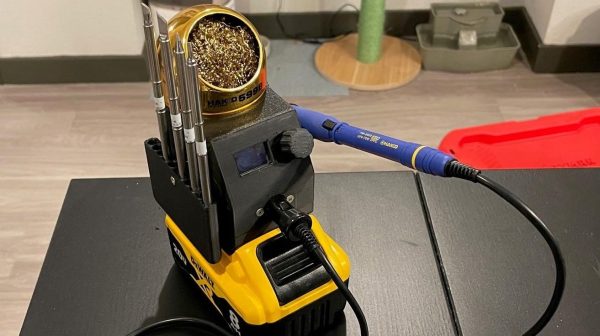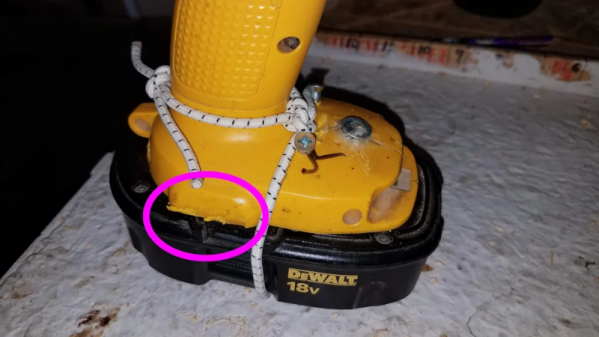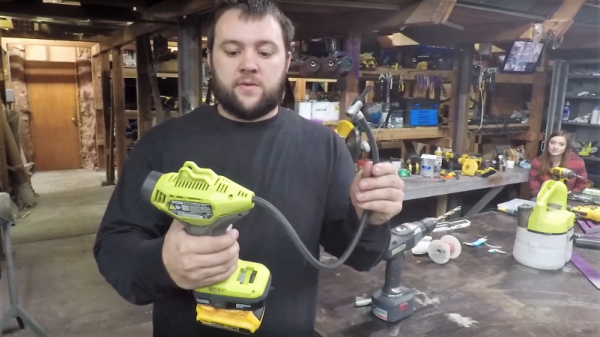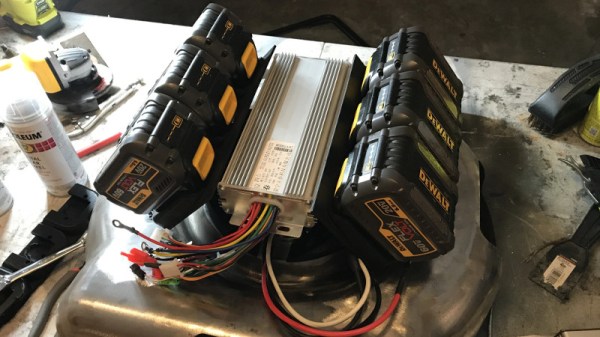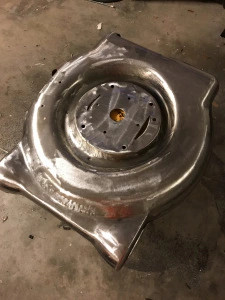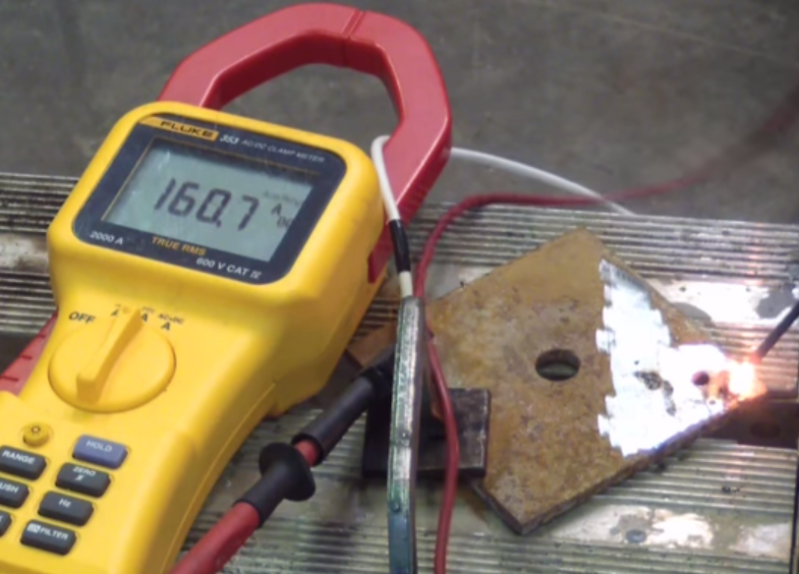It’s perhaps not fair, but even if you have the best idea for a compelling video, few things will make people switch off than poor lighting. Good light and plenty of it is the order of the day when it comes to video production, and luckily there are many affordable options out there. Affordable, that is, right up to the point where you need batteries for remote shoots, in which case you’d better be ready to open the purse strings.
When [Dane Kouttron] ran into the battery problem with his video lighting setup, he fought back with these cheap and clever cordless tool battery pack adapters. His lights were designed to use Sony NP-F mount batteries, which are pretty common in the photography trade but unforgivably expensive, at least for Sony-branded packs. Having access to 20 volt DeWalt battery packs, he combined an off-the-shelf battery adapter with a 3D printed mount that slips right onto the light. Luckily, the lights have a built-in DC-DC converter that accepts up to 40 volts, so connecting the battery through a protection diode was a pretty simple exercise. The battery pack just slots right in and keeps the lights running for portable shoots.
Of course, if you don’t already have DeWalt batteries on hand, it might just be cheaper to buy the Sony batteries and be done with it. Then again, there are battery adapters for pretty much every cordless tool brand out there, so you should be able to adapt the design. We’ve also seen cross-brand battery adapters which might prove useful, too.


